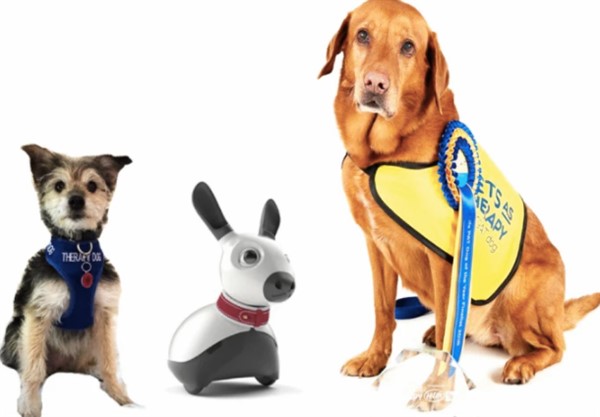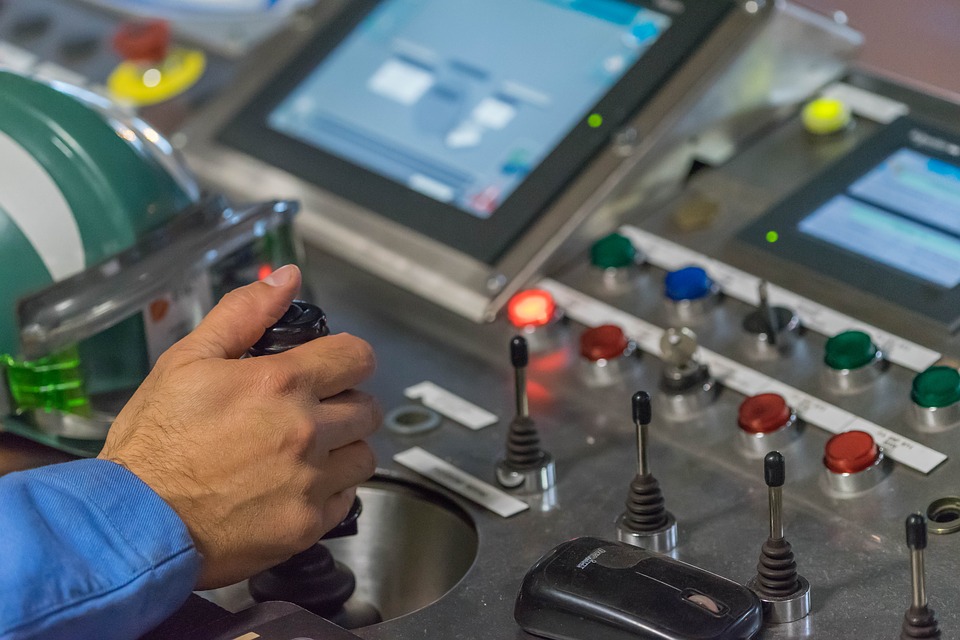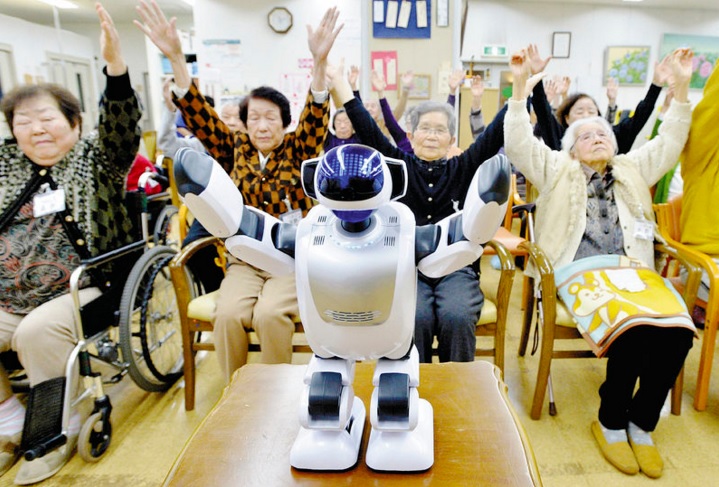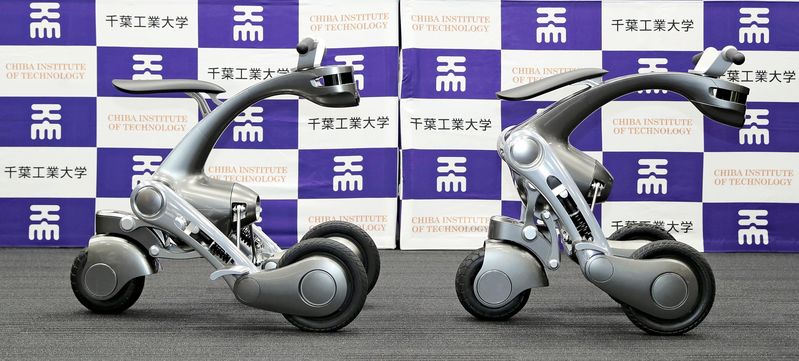Therapy animals might one day be complemented by realistic robotic animals, especially for young children and seniors, according to research from the University of Portsmouth.
Kids’ interaction with dogs has proven to lighten the mood – and that also apparently translates over to robotic dogs, too.
Here is what Dr Leanne Proops, Associate Head of Research in the University of Portsmouth Department of Psychology, said: https://link.springer.com/article/10.1007/s12369-020-00722-0
“We know that real dogs can provide calming and enjoyable interactions for children – increasing their feelings of well-being, improving motivation and reducing stress. This preliminary study has found that biomimetic robots – robots that mimic animal behaviors – may be a suitable replacement in certain situations and there are some benefits to using them over a real dog.”
For example, the “MiRo-E” companion robot has been created for customers of all ages. The animal-like advanced robot is designed to help students learn STEM-specific information.
Also, this is absolutely fantastic news for kids staying in hospitals, where having man’s best friend stroll through the halls simply isn’t feasible. Factor in the realization that a robotic dog also requires minimal upkeep, with no more worry about possible allergies, feeding, housing, and taking care of an actual dog.
Actual real-world use cases of robots continue to grow alongside technological developments from researchers and manufacturers. Specifically, aging populations in Japan, China, and other select countries – which have well-developed research programs – help drive massive interest in personal assistantce robots.
In addition to product development, the overall cost of these robotics devices is decreasing in cost.
Away from simple companionship, assistant humanoids have found their use in tasks such as cleaning, pool cleaning, vacuuming, and other household tasks. The sky is the limit for these types of robotic helpers, so expect to see massive interest – and sales growth – in the coming years.



